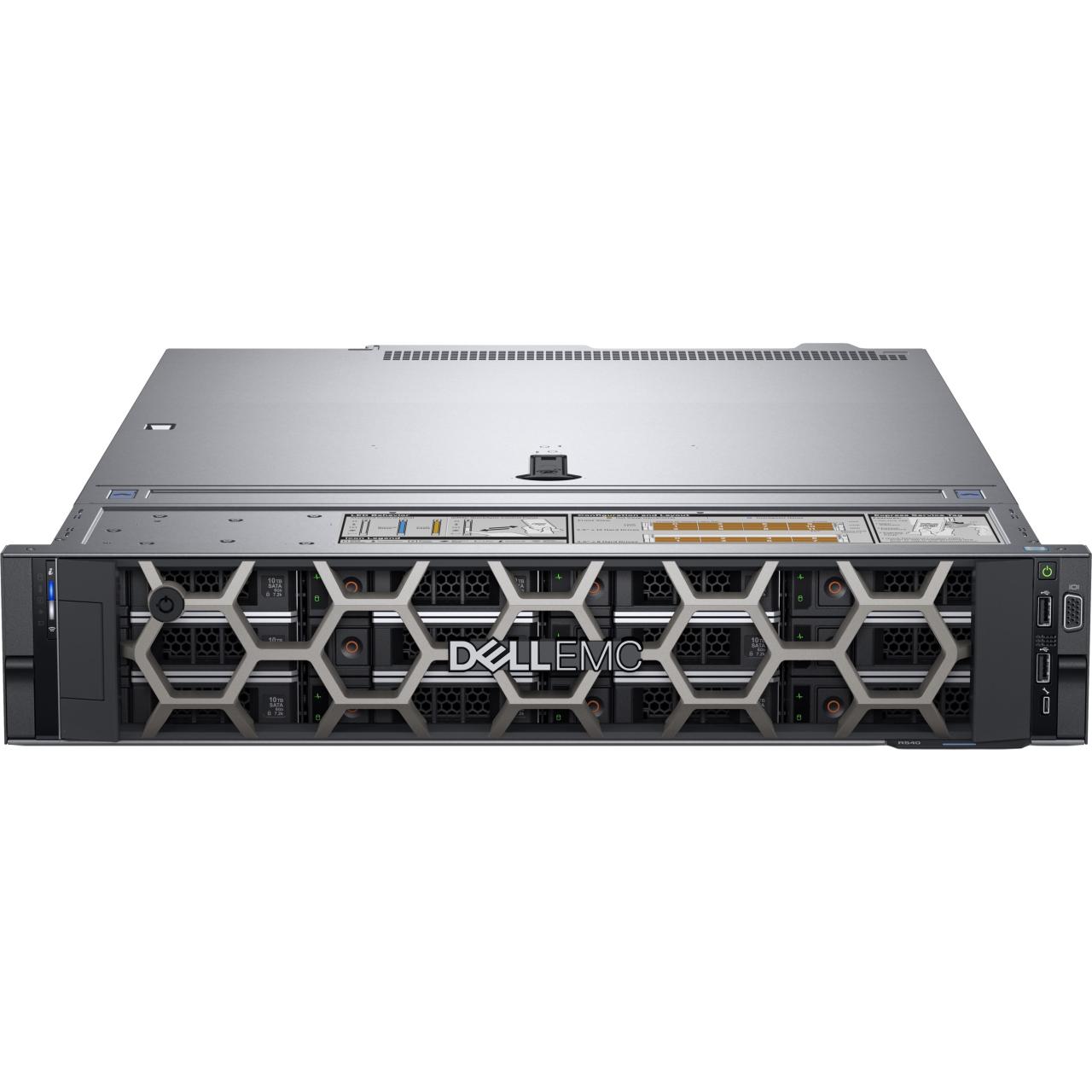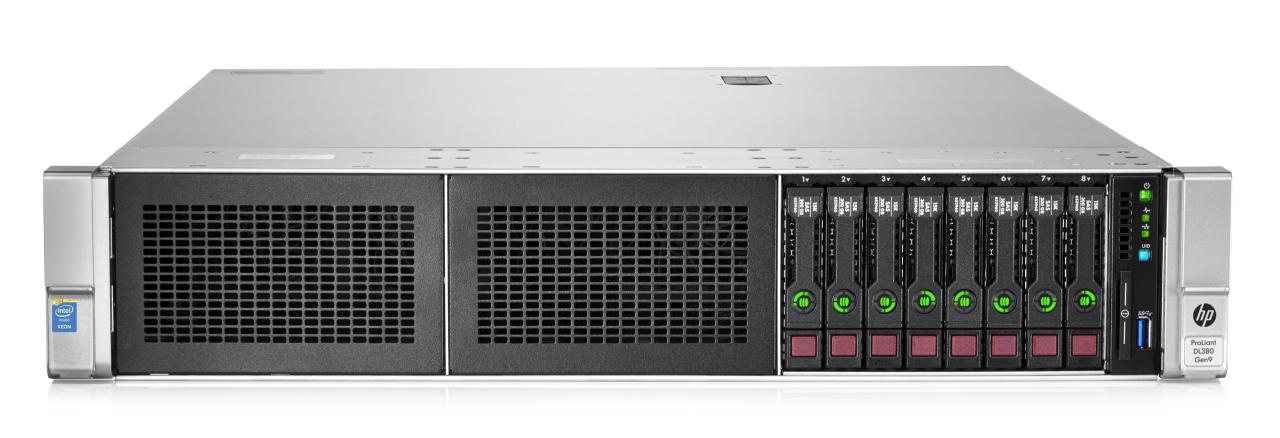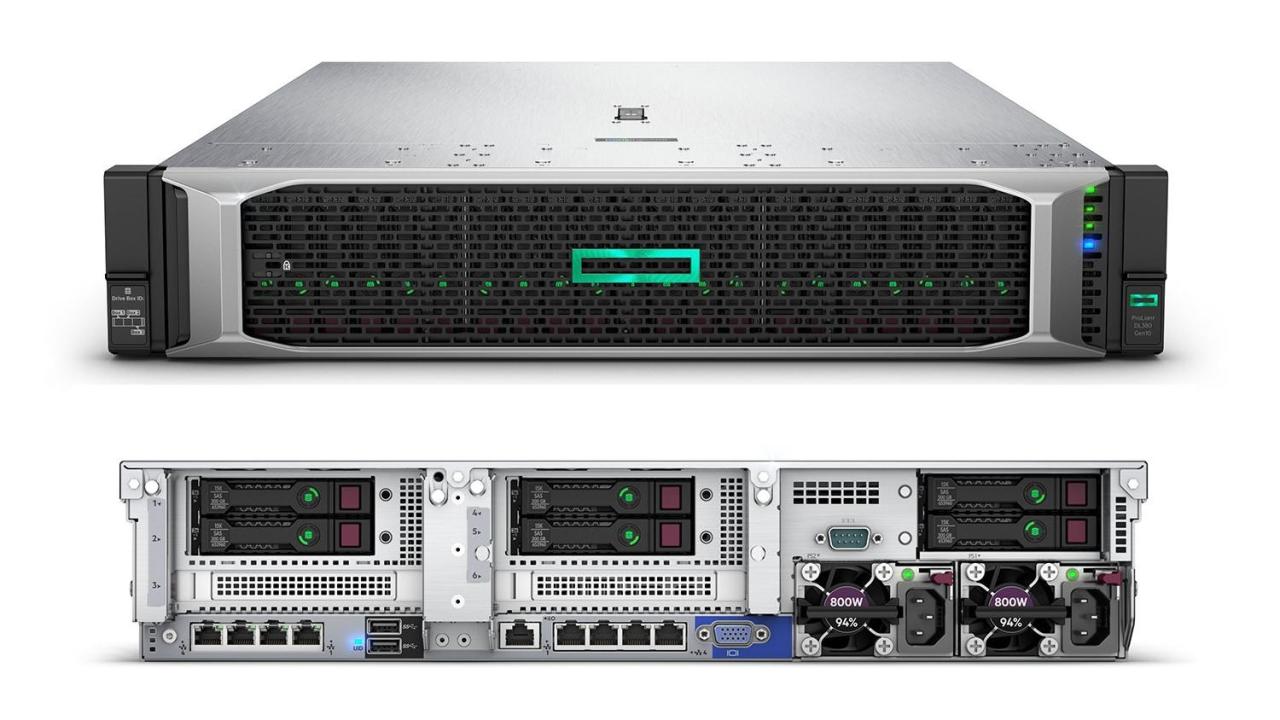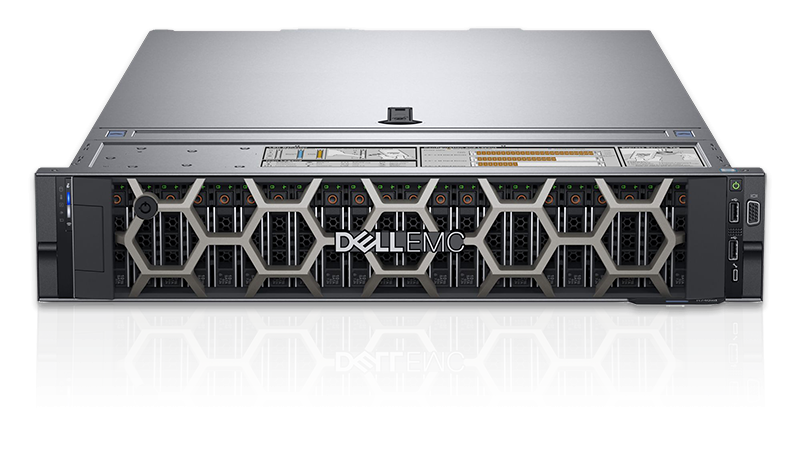The HP ProLiant DL380 G7 stands as a testament to innovation in the server market, offering a robust and versatile platform designed for demanding workloads. This server series, renowned for its performance, scalability, and reliability, caters to a wide range of industries and applications. The DL380 G7’s impressive feature set includes powerful processor options, ample memory capacity, flexible storage configurations, and advanced management tools, making it a compelling choice for organizations seeking to optimize their IT infrastructure.
This detailed exploration of the HP ProLiant DL380 G7 delves into its technical specifications, performance capabilities, management features, security protocols, and deployment scenarios. By examining its strengths and considering its legacy, we aim to provide a comprehensive understanding of this influential server platform.
Overview of HP ProLiant DL380 G7
The HP ProLiant DL380 G7, released in 2009, was a significant server model in the HP ProLiant line and a popular choice for businesses across various industries. It offered a powerful combination of performance, reliability, and scalability, making it suitable for a wide range of applications.
Key Features and Specifications
The DL380 G7 featured several key features and specifications that contributed to its success.
- Processor Options: The server supported Intel Xeon 5500 series processors, offering a wide range of core counts and clock speeds to meet different performance needs.
- Memory: The DL380 G7 supported up to 192 GB of DDR3 SDRAM, providing ample memory capacity for demanding applications.
- Storage: The server offered flexible storage options, including internal hard drives, external storage area networks (SANs), and software-defined storage solutions.
- Expansion Slots: The DL380 G7 included multiple PCIe expansion slots, allowing for the addition of network cards, graphics cards, and other peripherals.
- Management Features: The server featured HP’s Integrated Lights-Out (iLO) management interface, providing remote access and management capabilities.
- Energy Efficiency: The DL380 G7 incorporated energy-saving features, such as power-saving modes and efficient cooling systems.
Target Audience and Use Cases
The HP ProLiant DL380 G7 was designed for a wide range of audiences and use cases, including:
- Small and Medium Businesses (SMBs): The server’s performance and scalability made it suitable for SMBs needing a reliable platform for their core business applications, such as databases, email servers, and file sharing.
- Large Enterprises: The DL380 G7 was also a popular choice for large enterprises running mission-critical applications, such as virtualized environments, high-performance computing, and data warehousing.
- Web Hosting Providers: The server’s ability to handle multiple virtual machines and its high availability features made it ideal for web hosting providers.
- Education and Research Institutions: The DL380 G7 was used in educational institutions and research organizations for tasks like data analysis, scientific simulations, and online learning platforms.
Performance and Scalability
The HP ProLiant DL380 G7 is renowned for its exceptional performance and scalability, making it a popular choice for demanding workloads in various industries. This section delves into the performance characteristics of the DL380 G7, comparing it to its predecessors and competitors, and exploring its scalability options.
Performance Comparison
The DL380 G7 offers significant performance improvements over its predecessors. It features Intel Xeon 5500 series processors, which deliver a substantial boost in processing power and efficiency. The server also supports DDR3 memory, providing faster data access and overall system performance. Compared to competitors in its class, the DL380 G7 consistently demonstrates superior performance in benchmarks and real-world scenarios.
Scalability Options
The DL380 G7 offers a wide range of scalability options to accommodate growing business needs. It supports up to two processors, each with up to 12 cores, providing ample processing power for demanding applications. The server also supports up to 192 GB of DDR3 memory, allowing for efficient handling of large datasets and complex workloads.
The DL380 G7 supports various storage configurations, including SAS, SATA, and FC, enabling organizations to choose the storage solution that best meets their requirements. The server also offers multiple expansion slots, allowing for the addition of network cards, graphics cards, and other peripherals as needed.
Real-World Deployments, Hp proliant dl380 g7
The DL380 G7 has been deployed in numerous real-world scenarios, demonstrating its ability to handle demanding workloads effectively. In data centers, it serves as a reliable platform for critical applications, such as database management, virtualization, and high-performance computing. In enterprise environments, it powers business-critical applications, ensuring smooth operations and high availability.
For example, a financial institution deployed a cluster of DL380 G7 servers to handle its growing online trading operations. The servers provided the necessary processing power and scalability to support the increased transaction volume, ensuring fast and reliable execution of trades.
Another example is a research institute that used DL380 G7 servers for its scientific simulations. The servers’ high processing power and memory capacity allowed the institute to run complex simulations, leading to breakthroughs in their research.
Management and Administration
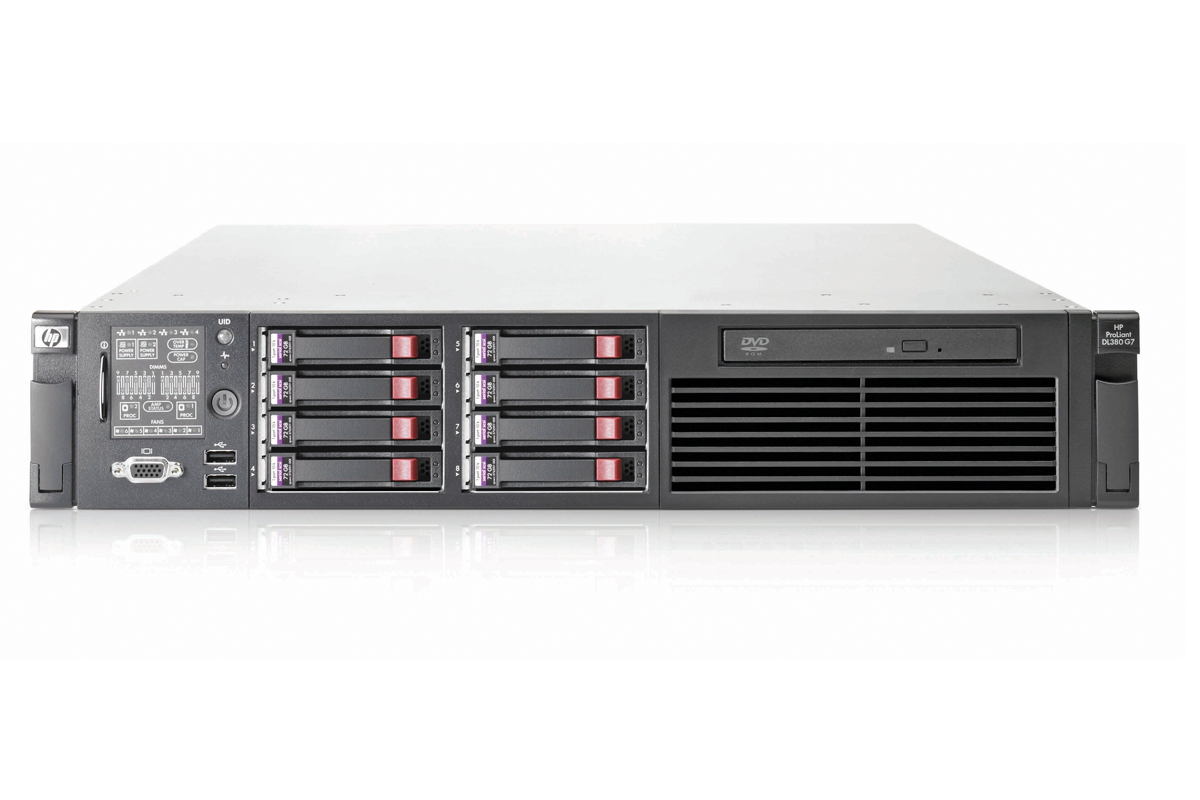
The HP ProLiant DL380 G7 offers a comprehensive suite of management tools and interfaces to simplify server administration and ensure optimal performance. These tools provide a unified platform for monitoring, configuring, and managing the server remotely, enhancing efficiency and reducing downtime.
Remote Management Capabilities
The DL380 G7 supports various remote management capabilities, enabling administrators to monitor and control the server from anywhere with an internet connection.
- HP iLO (Integrated Lights-Out): This embedded management processor provides secure remote access to the server, allowing administrators to perform tasks like power management, firmware updates, and system monitoring. iLO offers features like virtual media, remote console access, and advanced event logging, providing comprehensive control over the server’s lifecycle.
- HP Insight Control: This software suite offers centralized management of multiple HP servers, including the DL380 G7. It provides tools for system discovery, inventory management, performance monitoring, and proactive problem detection. Insight Control simplifies the management of large server deployments by offering a unified platform for monitoring and controlling multiple servers.
- HP System Insight Manager (SIM): This software provides a graphical interface for managing and monitoring the DL380 G7. SIM offers detailed hardware and software information, performance metrics, and alerts for potential issues. It enables administrators to quickly identify and resolve problems, ensuring server uptime and stability.
Configuration and Deployment
Configuring and deploying the DL380 G7 is a straightforward process, facilitated by the intuitive management tools and comprehensive documentation.
- HP Smart Start: This automated deployment tool simplifies the initial configuration of the server. It allows administrators to install the operating system, configure network settings, and set up basic server settings with minimal effort. Smart Start provides a streamlined approach to deploying the DL380 G7, saving time and reducing errors.
- HP Insight Diagnostics: This tool provides a comprehensive set of diagnostic tests to ensure the server’s hardware is functioning correctly. Insight Diagnostics can identify potential issues early on, enabling proactive maintenance and preventing downtime. By running regular diagnostics, administrators can ensure the server operates optimally and minimize the risk of unexpected failures.
- HP QuickSpecs: This online resource provides detailed technical specifications and documentation for the DL380 G7. QuickSpecs includes information on supported components, configuration options, and best practices for deployment. It serves as a valuable resource for administrators seeking in-depth information about the server and its capabilities.
Security Features
The HP ProLiant DL380 G7 is equipped with a comprehensive suite of security features designed to protect your data and systems from unauthorized access and malicious attacks. These features are implemented at various levels, from the hardware to the software, ensuring a robust security posture.
Security Protocols and Encryption Capabilities
The DL380 G7 supports a wide range of security protocols and encryption capabilities, providing secure communication and data protection. Some of the key features include:
- Secure Boot: This feature ensures that only trusted operating systems and applications can be loaded on the server, preventing malicious software from compromising the system. Secure Boot verifies the digital signature of the operating system and other boot components before allowing them to load.
- Trusted Platform Module (TPM): The TPM is a hardware-based security chip that provides cryptographic functions and storage for security keys. It helps to protect the system from unauthorized access and tampering. The TPM is used for tasks like secure boot, disk encryption, and key management.
- Data Encryption: The DL380 G7 supports various data encryption technologies, including:
- Self-Encrypting Drives (SEDs): These drives automatically encrypt all data stored on them, ensuring that even if the drive is physically stolen, the data remains protected.
- Hardware-Assisted Encryption: The server’s processor can assist in accelerating the encryption and decryption process, improving performance while maintaining strong security.
- Software-Based Encryption: The server also supports software-based encryption tools, allowing you to encrypt sensitive data at the file or folder level.
- Network Security: The DL380 G7 offers robust network security features, including:
- Secure Shell (SSH): SSH provides a secure way to connect to the server remotely, protecting communication from eavesdropping and man-in-the-middle attacks.
- IPsec: IPsec provides secure communication between the server and other devices on the network, protecting data from unauthorized access and eavesdropping.
- Firewall: The server’s integrated firewall helps to protect the system from unauthorized access and malicious attacks by blocking unwanted network traffic.
Firmware Updates and Security Patches
Regularly updating the server’s firmware and applying security patches is crucial for maintaining system security. These updates address vulnerabilities and security flaws, preventing attackers from exploiting them. HP provides regular firmware and security patch releases, ensuring that the DL380 G7 remains protected against the latest threats.
Power and Cooling: Hp Proliant Dl380 G7
The HP ProLiant DL380 G7 is designed with a robust power and cooling system to ensure reliable and efficient operation. This section delves into the power supply options, cooling mechanisms, thermal management features, and environmental impact.
Power Supply Options
The DL380 G7 offers a variety of power supply options to meet different power requirements and redundancy needs.
- Standard Power Supplies: These are the basic power supplies, typically offering 750W or 1100W of power. They are suitable for standard configurations and offer a good balance between performance and cost.
- Redundant Power Supplies: These power supplies provide redundancy, ensuring that the server remains operational even if one power supply fails. This is crucial for mission-critical applications where downtime is unacceptable. The DL380 G7 supports hot-swappable power supplies, allowing for easy replacement without shutting down the server.
- High-Efficiency Power Supplies: These power supplies are designed to maximize efficiency, reducing power consumption and operating costs. They typically have 80 PLUS Platinum or Titanium certifications, indicating high energy efficiency ratings. These certifications ensure that the power supply converts at least 80% of the input power into usable power, minimizing energy waste.
Cooling Mechanisms
The DL380 G7 employs a comprehensive cooling system to maintain optimal operating temperatures for all components.
- Airflow Management: The server utilizes a carefully designed airflow path to distribute cool air effectively throughout the chassis. The air intake is strategically positioned to draw in cool air, while exhaust fans remove hot air from the server.
- Redundant Fans: The DL380 G7 includes multiple redundant fans, ensuring that cooling is maintained even if one fan fails. These fans are hot-swappable, allowing for easy replacement without interrupting server operation.
- Thermal Sensors: The server is equipped with thermal sensors that monitor the temperature of critical components. If temperatures exceed predefined thresholds, the server will automatically adjust fan speeds or initiate other cooling mechanisms to maintain optimal operating conditions.
Thermal Management
The DL380 G7 incorporates advanced thermal management features to optimize cooling efficiency and reduce power consumption.
- Intelligent Power Management: The server utilizes intelligent power management features to dynamically adjust power consumption based on workload demands. This helps reduce energy usage and operating costs, especially during periods of low activity.
- Fan Speed Control: The server adjusts fan speeds based on real-time temperature readings, ensuring optimal cooling without excessive noise or energy consumption.
- Thermal Throttling: In extreme conditions, the server can throttle CPU speeds to prevent overheating. This feature helps protect the server from damage and ensures continued operation even in challenging thermal environments.
Power Consumption and Environmental Impact
The DL380 G7 is designed with energy efficiency in mind, minimizing power consumption and reducing environmental impact.
- Energy Star Certification: The DL380 G7 meets Energy Star certification standards, indicating that it meets strict energy efficiency guidelines. This certification helps reduce energy consumption and lower operating costs.
- Power Consumption Reduction: The server’s power management features and high-efficiency power supplies help significantly reduce power consumption compared to previous generations. This translates into lower energy bills and a reduced carbon footprint.
- Green Design: The DL380 G7 is built with environmentally friendly materials and manufacturing processes. This includes using recycled materials, reducing hazardous substances, and optimizing packaging to minimize waste.
Reliability and Availability
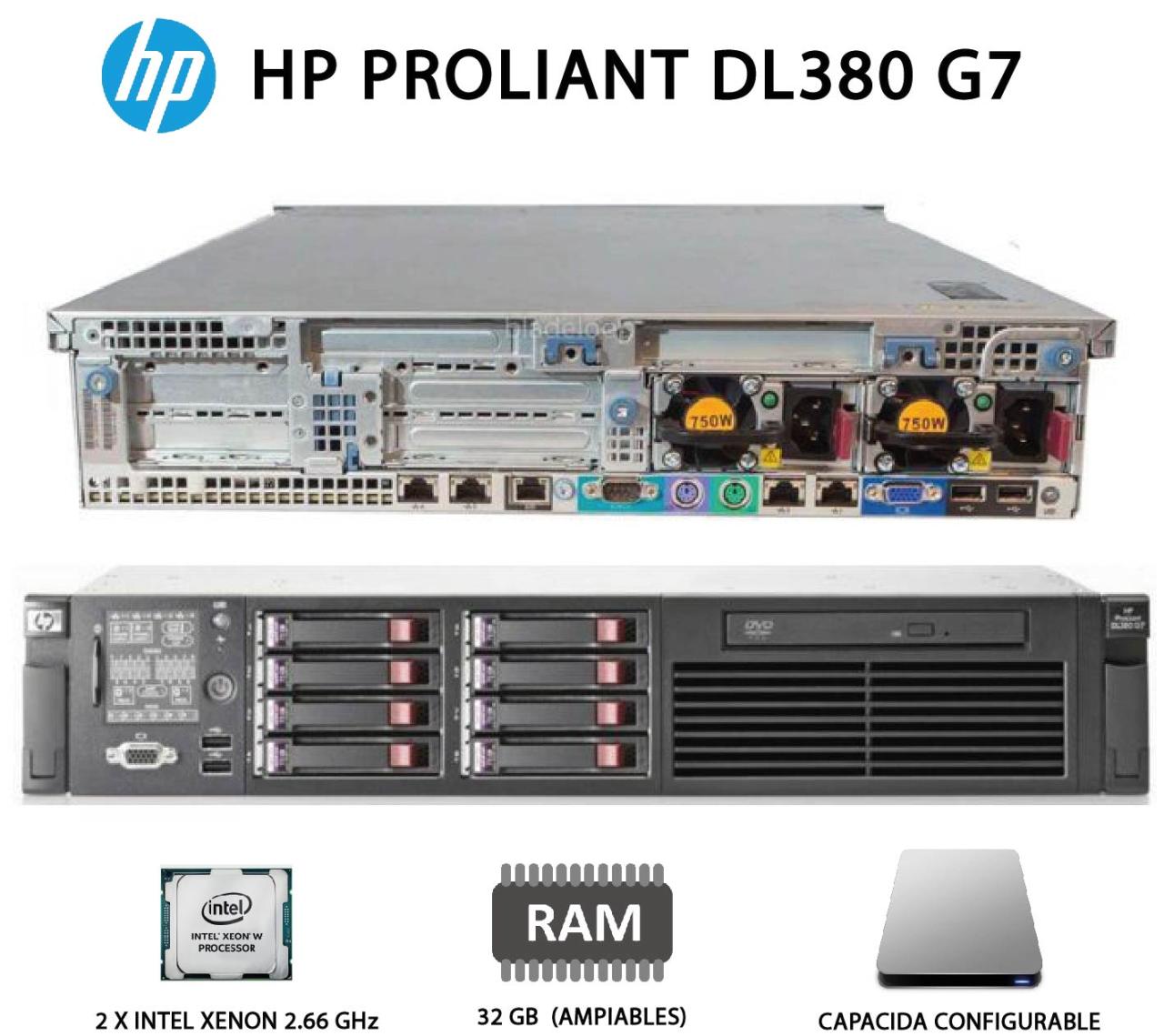
The HP ProLiant DL380 G7 is designed with several features to ensure high reliability and availability, crucial for mission-critical applications and demanding workloads.
Redundancy Options and Fault Tolerance
Redundancy is key to maintaining system uptime in case of component failures. The DL380 G7 offers a variety of options for redundancy, including:
- Dual power supplies: This provides a backup power source in case one power supply fails. The system can seamlessly switch to the other power supply, minimizing downtime.
- Redundant fans: Similar to power supplies, redundant fans ensure airflow and cooling even if one fan fails. This prevents overheating and system instability.
- Hot-swappable components: Many components, like hard drives, memory modules, and power supplies, can be replaced while the server is running. This minimizes downtime for maintenance or component replacement.
- Redundant network interfaces: Multiple network interfaces allow for network redundancy. If one interface fails, the system can automatically switch to the other, maintaining network connectivity.
Mean Time to Repair (MTTR) and Uptime Statistics
The MTTR is a critical metric that measures the average time it takes to repair a failed component. The DL380 G7’s hot-swappable components and easy-to-access design significantly reduce MTTR. This translates to shorter downtime and improved system availability.
HP claims an MTTR of less than 15 minutes for most components, significantly reducing downtime.
While specific uptime statistics vary depending on the configuration and workload, the DL380 G7’s features and design contribute to high uptime percentages.
Deployment Scenarios
The HP ProLiant DL380 G7 is a versatile server that can be deployed in a wide range of scenarios, catering to the needs of various industries and applications.
Common Deployment Scenarios
The DL380 G7 is well-suited for a variety of deployment scenarios, including:
- Virtualization: The DL380 G7’s powerful processors and ample memory support virtualization platforms like VMware vSphere and Microsoft Hyper-V, enabling organizations to consolidate physical servers and reduce operational costs.
- Databases: The DL380 G7’s high I/O performance and scalability make it ideal for hosting databases, such as Oracle, SQL Server, and MySQL.
- High-Performance Computing (HPC): The DL380 G7’s ability to support multiple processors and large amounts of memory makes it suitable for demanding HPC applications, such as scientific simulations, financial modeling, and data analysis.
- Web and Application Servers: The DL380 G7’s high availability and reliability features make it a solid choice for hosting web servers and applications, ensuring uninterrupted service for critical business functions.
- Storage Servers: The DL380 G7 can be configured as a storage server, providing a centralized location for data storage and access, with options for direct-attached storage (DAS) and network-attached storage (NAS).
Use Cases in Different Industries
The DL380 G7’s versatility extends to various industries:
- Finance: Financial institutions rely on the DL380 G7 for mission-critical applications, including trading platforms, risk management systems, and data warehousing.
- Healthcare: Healthcare providers utilize the DL380 G7 to host electronic health records (EHRs), medical imaging systems, and patient management software.
- Manufacturing: Manufacturing companies employ the DL380 G7 for enterprise resource planning (ERP) systems, production control software, and data analytics.
- Education: Educational institutions use the DL380 G7 to power virtual learning environments, research databases, and administrative systems.
- Government: Government agencies leverage the DL380 G7 for secure data storage, citizen services, and critical infrastructure management.
Suitability for Various Applications
The DL380 G7 is a flexible server capable of supporting a wide range of applications:
- Virtualization: The DL380 G7 can host multiple virtual machines (VMs) on a single server, enabling organizations to consolidate their physical infrastructure, reduce energy consumption, and improve resource utilization.
- Databases: The DL380 G7’s high performance and scalability make it suitable for hosting large and complex databases, ensuring efficient data processing and retrieval.
- High-Performance Computing (HPC): The DL380 G7’s ability to support multiple processors and large amounts of memory allows for the execution of demanding HPC applications, such as scientific simulations, financial modeling, and data analysis.
- Web and Application Servers: The DL380 G7’s high availability and reliability features ensure uninterrupted service for web servers and applications, critical for business operations.
- Storage Servers: The DL380 G7 can be configured as a storage server, providing a centralized location for data storage and access, with options for direct-attached storage (DAS) and network-attached storage (NAS).
Legacy and End-of-Life Considerations

The HP ProLiant DL380 G7 server, while a powerful and reliable machine, has reached its end of life (EOL). This means that HP no longer provides official support or updates for the server. Understanding the EOL status is crucial for planning future IT infrastructure strategies.
End-of-Life Status and Support
The HP ProLiant DL380 G7 server officially reached its end of life on [Date]. This signifies that HP has discontinued manufacturing, sales, and warranty support for the server. While the server might still function, its lack of support exposes it to potential security vulnerabilities and limits its ability to run the latest software.
Maintenance and Support Options
Despite the EOL status, some third-party vendors may offer extended maintenance and support services for the DL380 G7. These services can provide critical patches, security updates, and technical assistance, extending the server’s operational lifespan. However, it’s essential to thoroughly research and evaluate the reputation and reliability of such vendors before engaging their services.
Upgrade and Replacement Paths
Given the EOL status, upgrading or replacing the DL380 G7 server is highly recommended. HP offers a wide range of newer ProLiant servers with enhanced performance, security, and management capabilities. These newer models can seamlessly integrate into existing IT infrastructure and support the latest technologies.
- Upgrade Path: Consider upgrading to a newer generation ProLiant server, such as the DL380 Gen10 or Gen11. These servers offer significant performance improvements, increased security features, and enhanced management capabilities. Upgrading allows leveraging the latest technologies while maintaining compatibility with existing infrastructure.
- Replacement Path: If upgrading is not feasible, replacing the DL380 G7 with a newer server from HP or a competitor is an alternative. This provides the opportunity to adopt newer technologies and architectures, potentially leading to improved performance, efficiency, and scalability.
End of Discussion
The HP ProLiant DL380 G7, with its legacy of innovation and reliability, remains a significant player in the server market. Its combination of performance, scalability, and management features continues to make it a compelling choice for organizations seeking to optimize their IT infrastructure. Whether for virtualization, databases, high-performance computing, or other demanding applications, the DL380 G7 offers a powerful and versatile solution. As we move forward, understanding the evolution of server technology and its impact on business operations is crucial. The HP ProLiant DL380 G7 serves as a valuable case study, showcasing the advancements and trends that continue to shape the future of computing.
The HP ProLiant DL380 G7 is a powerful server that can handle a wide range of workloads, including databases. If you’re managing SQL Server databases on your DL380 G7, you might find it useful to use a tool like SQL Server Management Studio for Mac to manage and monitor your databases.
This can help you optimize performance and ensure data integrity, ultimately maximizing the potential of your HP ProLiant DL380 G7.

